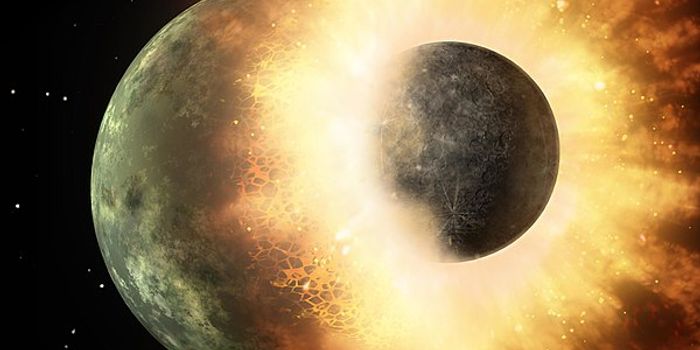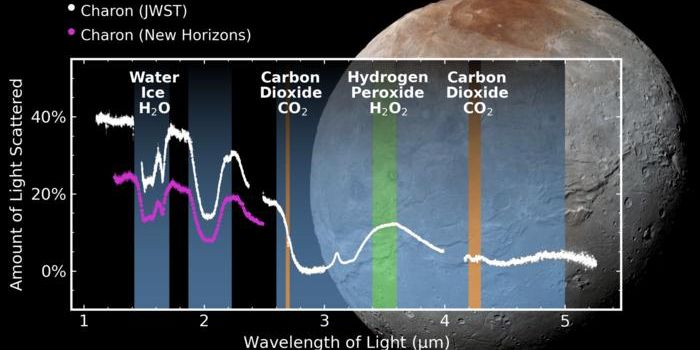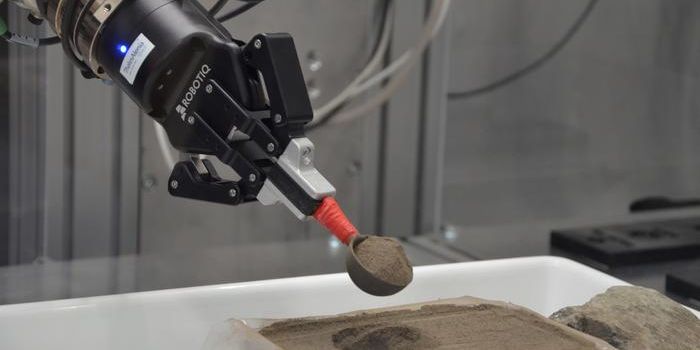Here's Why Space Agencies Are So Interested in Studying Space Rocks
Space agencies all around the globe are continuously trying to learn more about the universe around us. One of the best ways to do that is to explore our very own stellar backyard – the solar system – as it may contain clues about why we’re here and how we got here in the first place.
One of the ways scientists can answer these questions is to study the primordial building blocks of our solar system: asteroids. Two missions have been launched in recent memory, including OSIRIS-REx by NASA and Hayabusa2 by JAXA – to retrieve surface samples from two distinct asteroids and return them to Earth for scientific analysis.
A closer look at these samples will help scientists on Earth determine whether asteroids played any significant role in the emergence of life on Earth, and moreover, learn what the solar system may have been like before life on Earth ever developed.
OSIRIS-Rex and Hayabusa2 aren’t the only missions that have ever visited space rocks – so too have Rosetta/Philae and New Horizons – and more missions like them are being planned for the future. Soon, NASA might go on to explore an almost all-metal asteroid called Psyche in 2026 to learn more about how this object formed and what it means about the formation of terrestrial planets like Earth.








